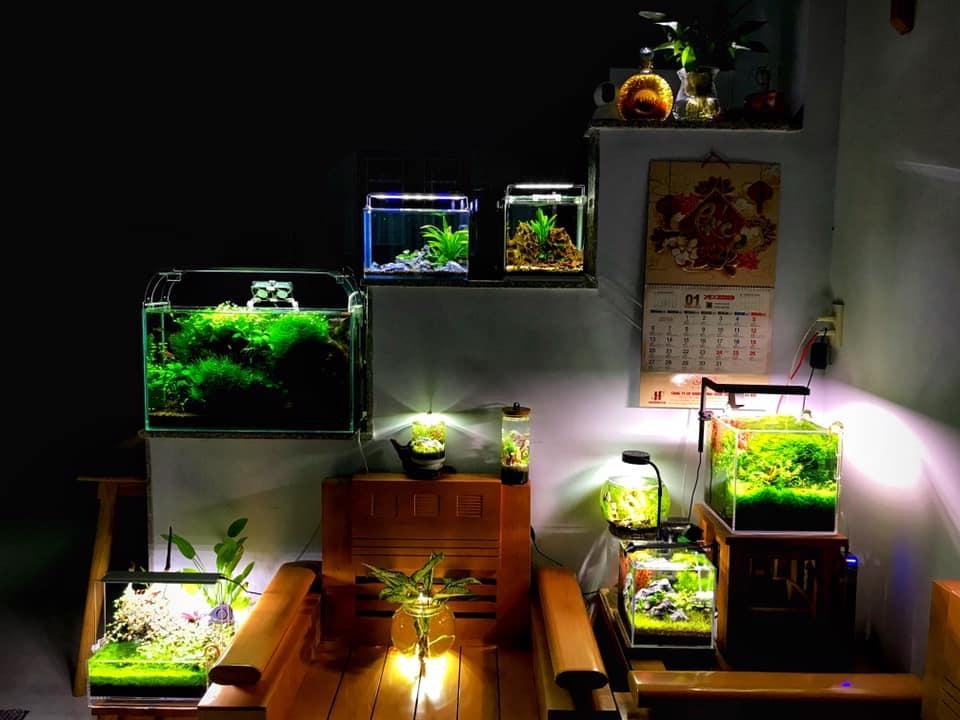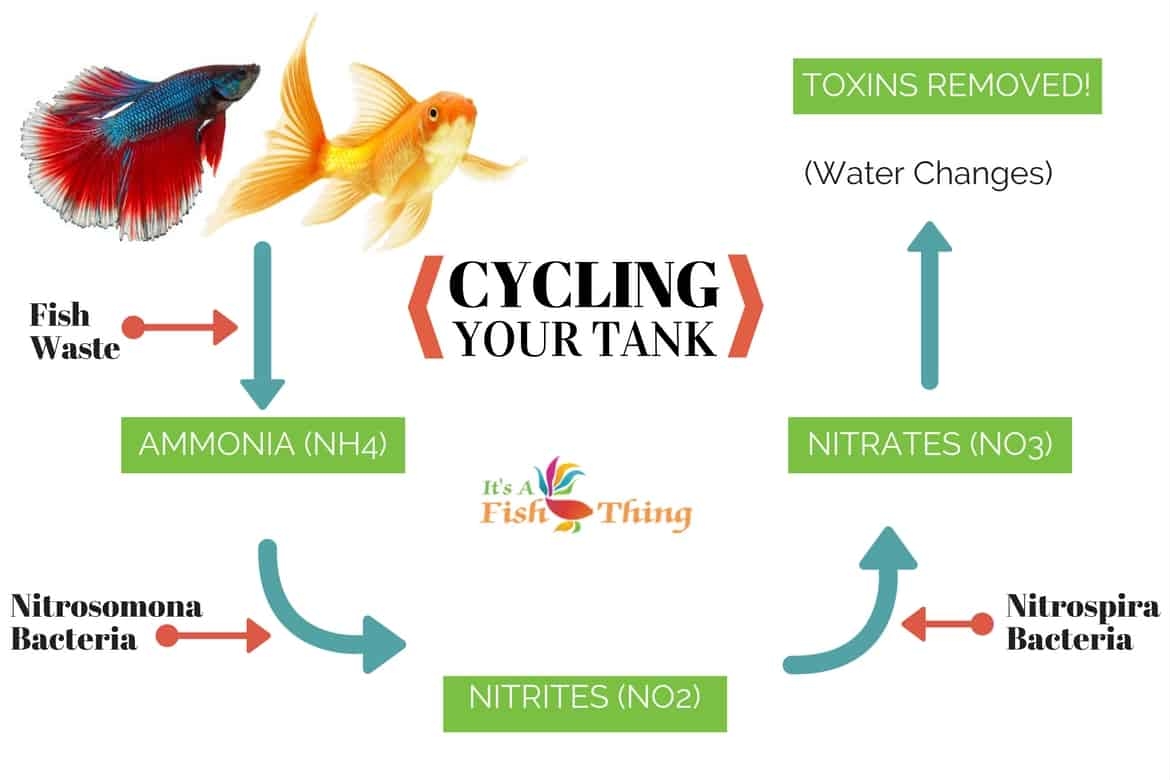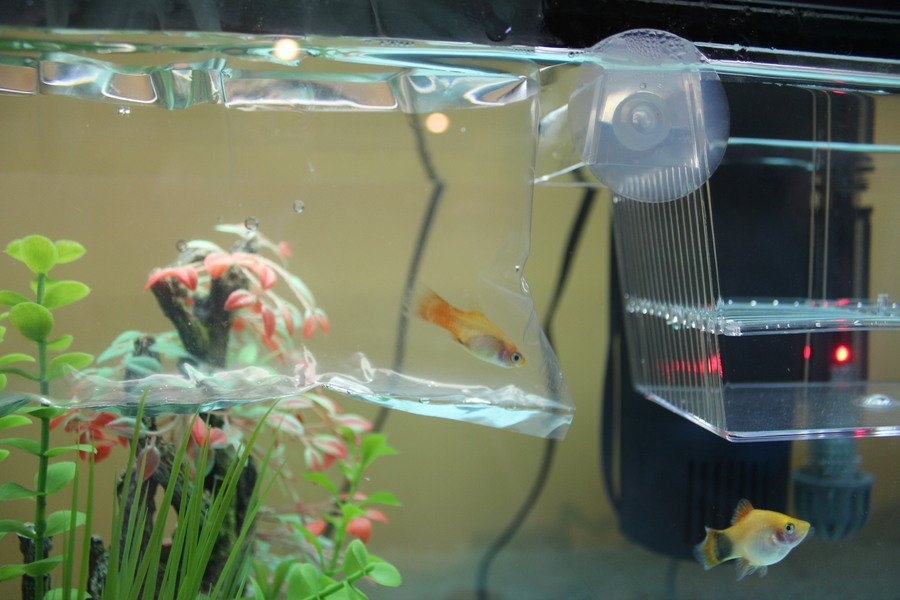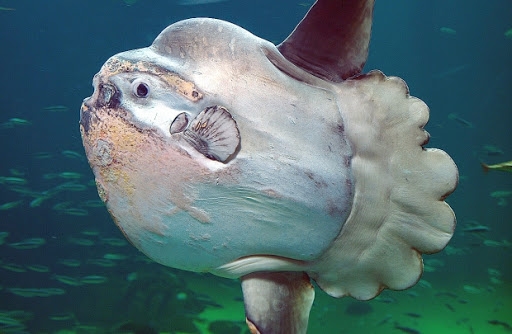How to Take Care of your Ornamental Fish: 5 Tips for New Fish Parents
 |
| Photo: Fish AZ |
According to the 2019-2020 National Pet Owners Survey conducted by the American Pet Products Association, approximately 13.1 million American households keep fish as pets, making them the third most popular type of pet after cats and dogs. Are you surprised? You shouldn’t be! With engaging antics and graceful beauty, aquatic life can make a wonderful addition to your home—as long as you understand how to properly care for them.
Here are 5 tips to care for your ornamental fish:
1. Pick the right aquarium
The size of the aquarium that you need will depend on the type of fish you decide to bring home (consider if it will be a freshwater fish, saltwater fish and the individual species), and how many you will want to get. With fish tank sizes ranging from desktop aquariums for a single betta on up to a large aquarium appropriate for multiple types of fish, it’s important to put a little thought into the habitat prior to bringing home any aquatic life.
Overcrowding can lead to low oxygen levels in the water, excess waste and even, in extreme cases, fatalities. Stop into your local Petco store for advice on which size aquarium or tank will be right for you based on your space availability and the type of fish you were hoping to get, according to Petco.
2. Cycle the tank before adding fish
 |
| You should not purchase your fish tank and your fish on the same day! Photo: ItsaFishingThing |
In case you’ve never heard the expression before, “cycling a tank” means to take the steps necessary to bring the water conditions up to where they are healthy for the fish. This is something that should be done before you ever add fish to your tank. In other words: You should not purchase your fish tank and your fish on the same day!
Cycling involves the growth of healthy micro-organisms within the tank, which will break down waste and help keep the water safe for fish. This takes a little time, and most experts recommend letting the tank run for at least a week before adding fish, as said by Pet Helpful.
It is important to start a new aquarium in the right way. Many new aquarium kits come with a little packet you can use to add the necessary elements for cycling, or you can purchase it separately at the pet store. You can also cycle the tank simply by adding a little fish food, which will begin to break down and kick off the process.
3. Feeding aquarium fish
One of the three rules of fishkeeping is to not overfeed the fish. All uneaten food in a tank quickly pollutes the water. Overfeeding kills the fish with kindness. The best guideline is to feed only enough food each time for the to fish finish it within five minutes.
Most fish will do well on a diet consisting primarily of dry flake food. Use only brand-name, high-quality food. There is a wide variety of flake foods, and it is best to purchase several kinds and feed a different one each time. This helps ensure a more balanced diet for the fish.
4. Practice proper aquarium acclimation
 |
| Photo: My Aquarium Club |
Aquatic life can be sensitive to dramatic environmental changes, so be sure to ask the store partner what the water parameters for nitrate, nitrite, ammonia and pH levels are for the species you get, and test your setup at home to ensure that it matches as closely as possible. Once you get your aquatic life home, float the sealed bag containing your aquatic life in your aquarium for at least 15 minutes, but no longer than an hour, to allow for temperature acclimation.
Open the bag and slowly add a quarter-cup of water from your aquarium. Repeat the process of adding a quarter cup of water every five minutes until the bag is full. This brings the temperature and chemistry together slowly, which allows the new aquatic life to acclimate to their new aquatic home without being shocked by sudden changes. Remove the bag from the aquarium and slowly pour off as much water as possible without exposing the aquatic life to the air. Lower the bag into the aquarium and allow your new aquatic friend to enter into their new home.
5. Prepare for proper fish tank maintenance
Regular monitoring of the water conditions in your aquarium or tank is a good start for proper maintenance, but there are other things you can do, including regular cleanings.
Plan to replace 25 percent of the water in your aquarium once a month. This will help keep your tank’s water clean and nitrate concentrations at a safe level. A gravel vacuum can help siphon out water and debris—especially that along the bottom of your tank. Keep an eye out for algae buildup, as well. This might appear as cloud on the glass of your tank, or the water itself could look murky, which will lead to decreased oxygen levels in the water. To help clean the algae from your aquarium, use a tank scrub brush or aquarium algae magnet.
| Learn As You Go It all may seem daunting, but if you incorporate these tips into your fish care routine you’ll end up with a pretty tank full of healthy fish. Once your tank is up and running the care and maintenance required to keep it going really should not take up a lot of your time. As little as an hour a week is all that’s needed, maybe less depending on tank size. Remember that fish are not disposable pets, and if you choose to keep them in your home they are worth taking the time to care for properly. Like any animal, your tropical fish need a clean, safe and stress-free living environment. It’s up to you to make that possible, and it’s not as hard as it seems. Yes, you will make mistakes and lose a few fish along the way, and everyone does. But as long as you are doing your best you shouldn’t feel bad about it. We’ve all been there. |
Good luck with your tropical freshwater aquarium!
 Trimming your own bangs is never that difficult if you know those tips Trimming your own bangs is never that difficult if you know those tips Know Insider will provide everything you need to know before you cut your own bangs. During the pandemic outbreak, getting out to get your hair ... |
 9 tips to look after your car when you are not using it 9 tips to look after your car when you are not using it Whether by pandemic, seasonal downtime (such as winter for those of you located in the snowy North), or extended travel, there are plenty of ways ... |
 Best Car-Driving TIPS for BEGINNERS Best Car-Driving TIPS for BEGINNERS Driving is often termed as art to detox your soul and mind, by the enthusiasts. But for someone who isn’t fascinated much by the cars, ... |


























